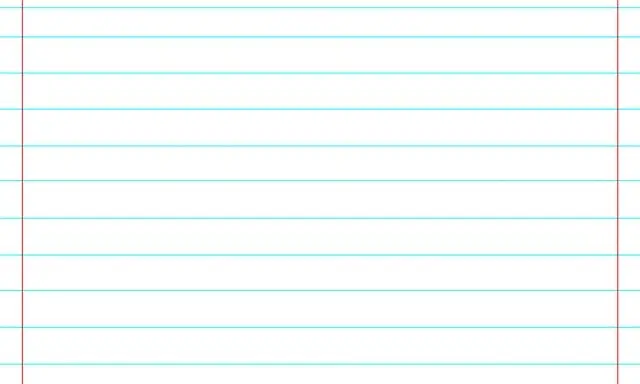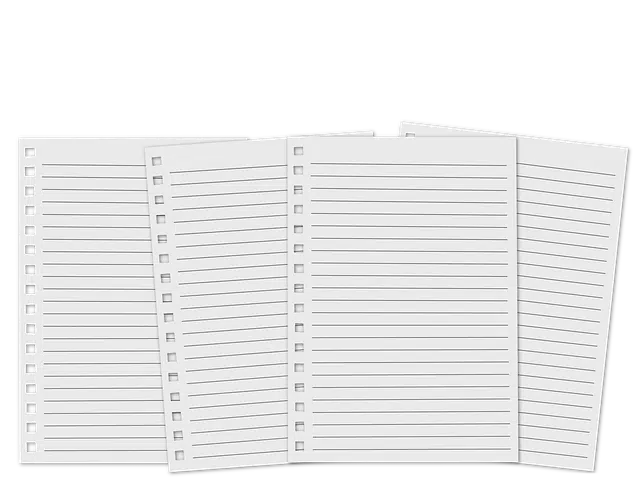
A line is a line that helps you write straight, without twists.
A line is a straight line that is printed or drawn horizontally on paper so that it can be written on, without curves or twists. By writing on a line, a person manages to maintain the same direction as they add characters; However, if you write on a piece of paper without lines, it may become crooked and you may end up writing higher or lower than where you started.
In schools, when children begin to learn to write and for several years, until they master this art, what they do is use notebooks that have lines, specifically two, so that they can go straight when writing the texts. Then, as they grow, they opt for one-line notebooks and finally none at all.
For example: “When I was a child, the teacher always stressed to me not to go outside the line when writing” , “To draw, I prefer sheets without lines, so my creations are not crossed by the lines” , “Some cursive letters stand out from the line, like G and Z.”
Line as length of a text
The idea of a line is also used with reference to the length of a text . If a teacher asks a student to write a text of fifty lines, he will be telling him that he must complete that number of lines with his composition. This measure of space is not very precise when writing by hand: due to differences in font size, fifty lines can mean 1,000 words for one person and 1,700 for another.
By extension, sometimes the concept of line is used as a synonym for text or composition : “I have already finished the article: I think these lines will allow me to win a Pulitzer Prize,” “In these lines that I will give you below you will find all the necessary instructions.” to complete the mission,” “They were unhappy lines, I admit: I wrote the note in a few minutes.”

It is common for notebooks to have lined pages.
A work by Torcuato Luna de Tena
In addition to everything stated above, we cannot ignore that, in the field of literature, there are various works that make use of the term in question. This would be the case, for example, of the novel “Los renglones torcidos de Dios” , which was written in 1979 by the Spanish author and journalist Torcuato Luna de Tena .
It is a narrative that revolves around the figure of Alice Gould . This is a detective who has to face a new homicide case. To solve it, she will have to become an intern in a psychiatric hospital, which is what will allow her to gather the clues she needs to discover who is responsible for the crime.
To carry out the creation of this novel, it must be noted that its writer was also admitted to a health center of this type for just over fifteen days. And only in this way did he consider that he could obtain the necessary information about what life is like there, what type of patients there are or what are the most common diseases that are treated.
